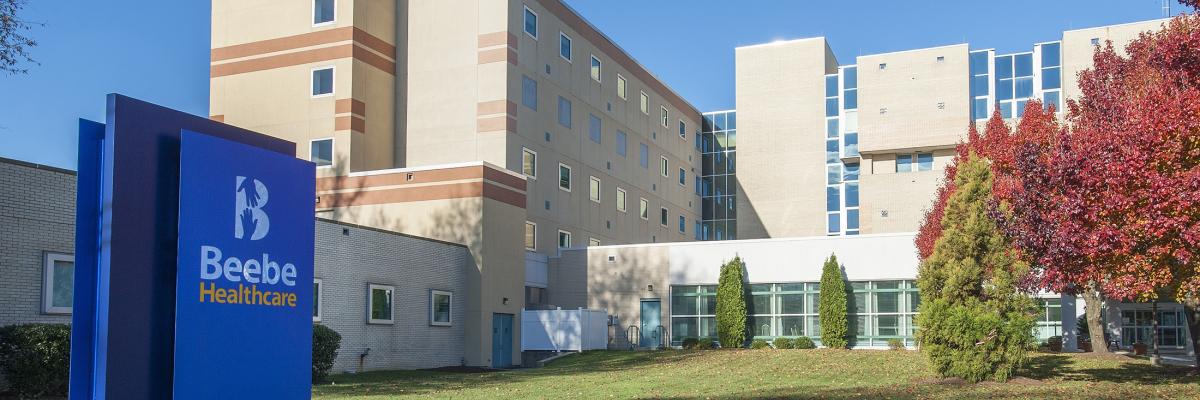Preventive Breast Cancer Surgery: How to Decide if it’s Right for You
Whether your role is a mom, grandmother, aunt, sister, wife, or friend, did you know there are surgical steps you can take to help protect yourself from the all too common disease of breast cancer—even if you are currently cancer free? Though you may complete your monthly at-home breast self-exams and your routine mammograms, there is still a chance you may have to do more to prevent your chances of developing breast cancer in the future. For some people, preventive breast cancer surgery may be an option.
Is Preventive Surgery Right for You?
You may be a candidate for preventive breast cancer surgery depending on a few factors, such as your genetic risk or family history. Preventive surgery comes with its own risks, and therefore is typically not an option for people who have an average risk for breast cancer.
Family History or Previous History
If you have previously had breast cancer, you may be a candidate for surgery.
Also, if anyone in your family has a history of breast cancer, your risk could be greater. According to the Susan G. Komen Foundation, a first-degree female relative such as a mom, daughter, or sister with breast cancer doubles your risk of developing the disease.
Age also plays a factor—family members under age 40 with the diagnosis increase your chances, too.
Gene Mutations or Other Conditions
Preventative surgery could also be an option if you have a gene mutation or other condition that makes you predisposed to breast cancer, including:
- Testing positive for BRCA1, BRCA2, PALB2, CDH1, PTEN, or TP52 gene mutation
- Lobular carcinoma in situ (LCIS), a condition in which abnormal cells develop in the milk glands
- Small deposits of calcium in your breast tissue
Preventive Prophylactic Mastectomy
The most common type of preventive surgery for breast cancer is called a prophylactic mastectomy. This procedure removes one or both breasts, which can decrease your level of risk significantly.
According to the National Cancer Institute, a bilateral prophylactic mastectomy can decrease your chances of developing breast cancer by 90 percent for those who have a family history of the disease, and 95 percent for those with mutations in the BRCA1 or BRCA2 genes.
Another type of mastectomy is a contralateral prophylactic mastectomy. This is done to prevent cancer from developing in the other breast. This can be an option if you have already been diagnosed with breast cancer and have other risk factors, such as the BRCA1 or BRCA2 gene.
More to Think About
If you have been diagnosed with breast cancer, depending on the stage and type, your doctor will present you with the option to have a breast-sparing surgery with radiation therapy, such as:
- Lumpectomy
- Breast-conserving surgery
- Segmental mastectomy
Surgery options will most likely be a mastectomy, or a mastectomy with breast reconstruction. You and your breast cancer surgeon can discuss what options work best for you and your lifestyle.
It’s important to realize that although surgery is a preventative step, it’s not right for everyone, and it doesn’t necessarily eliminate your chances of developing breast cancer in the future. Talk to your doctor to find out more about if breast cancer surgery is right for you.


